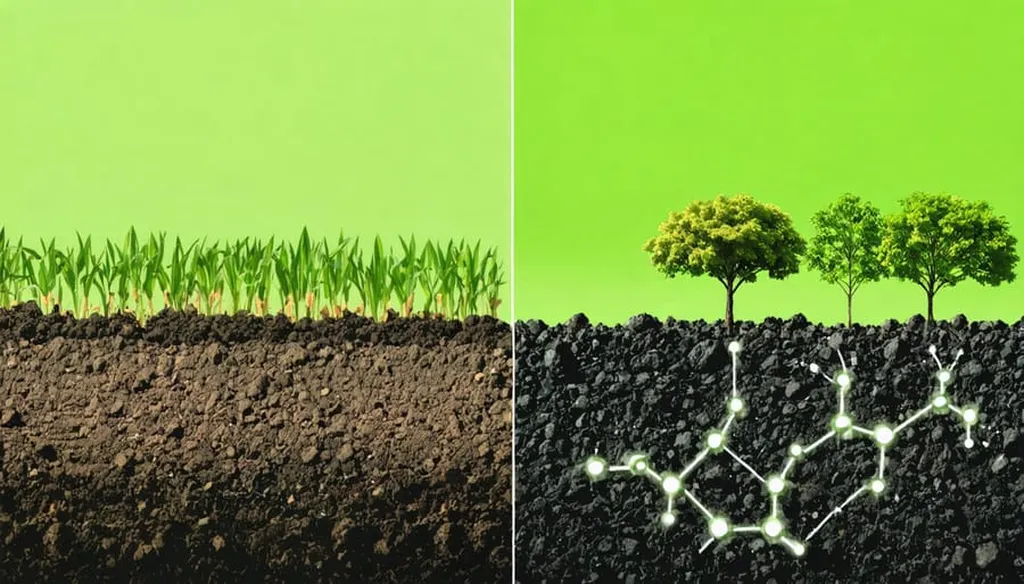In the heart of Canada’s prairies, a groundbreaking study led by Gbenga Adejumo from the University of Saskatchewan is revolutionizing how we measure crucial soil components, with significant implications for the energy sector. Adejumo and his team have harnessed the power of Fourier Transform Near Infrared (FT-NIR) spectroscopy and advanced modeling techniques to predict soil organic carbon (SOC) and total nitrogen (TN) more accurately and cost-effectively than ever before.
Precision agriculture, a cornerstone of modern farming, relies on detailed soil analysis to optimize crop yields and sustainability. However, traditional methods of measuring SOC and TN can be time-consuming and expensive. Enter FT-NIR spectroscopy, a rapid and cost-effective alternative that shines infrared light on soil samples and analyzes the reflected spectra to predict various soil properties.
The study, published in *Geoderma* (which translates to “Soil Science” in English), collected soil samples from six diverse agricultural regions in Saskatchewan over two years. The researchers employed a novel approach called the Global-Local model, which combines a small subset of site-specific samples with their nearest spectral neighbors from a larger dataset. This method aims to strike a balance between the broad applicability of global models and the precision of site-specific ones.
“Our results show that the Global-Local model performs better than traditional Leave-One-Site-Out (LOSOV) models and is comparable to the best site-specific or neighbor models,” Adejumo explains. “This is a significant step forward in soil analysis, as it allows for more accurate and efficient predictions of SOC and TN, which are critical for soil health and fertility.”
The implications for the energy sector are substantial. Accurate measurements of SOC and TN are essential for understanding soil carbon sequestration potential, a key factor in mitigating climate change. Moreover, precise soil analysis can optimize bioenergy crop production, enhancing the sustainability of biofuels.
The study also highlights the importance of incorporating site-specific samples into training datasets. “Traditional spiking methods, which involve adding site-specific samples to a global model, either improved or matched the performance of the Global-Local model,” Adejumo notes. “This underscores the need for tailored approaches in soil analysis.”
Looking ahead, the research suggests that the Global-Local model should be applied at the individual field level, its original purpose. Future studies will focus on optimizing this model for broader applications, potentially revolutionizing soil analysis across diverse landscapes.
As the world grapples with the challenges of climate change and sustainable energy, this research offers a beacon of hope. By improving the accuracy and efficiency of soil analysis, Adejumo and his team are paving the way for smarter, more sustainable agricultural and energy practices. Their work not only advances the field of soil science but also contributes to a more resilient and sustainable future for all.

